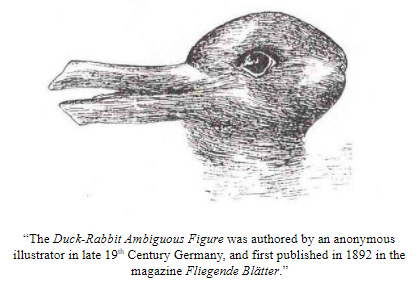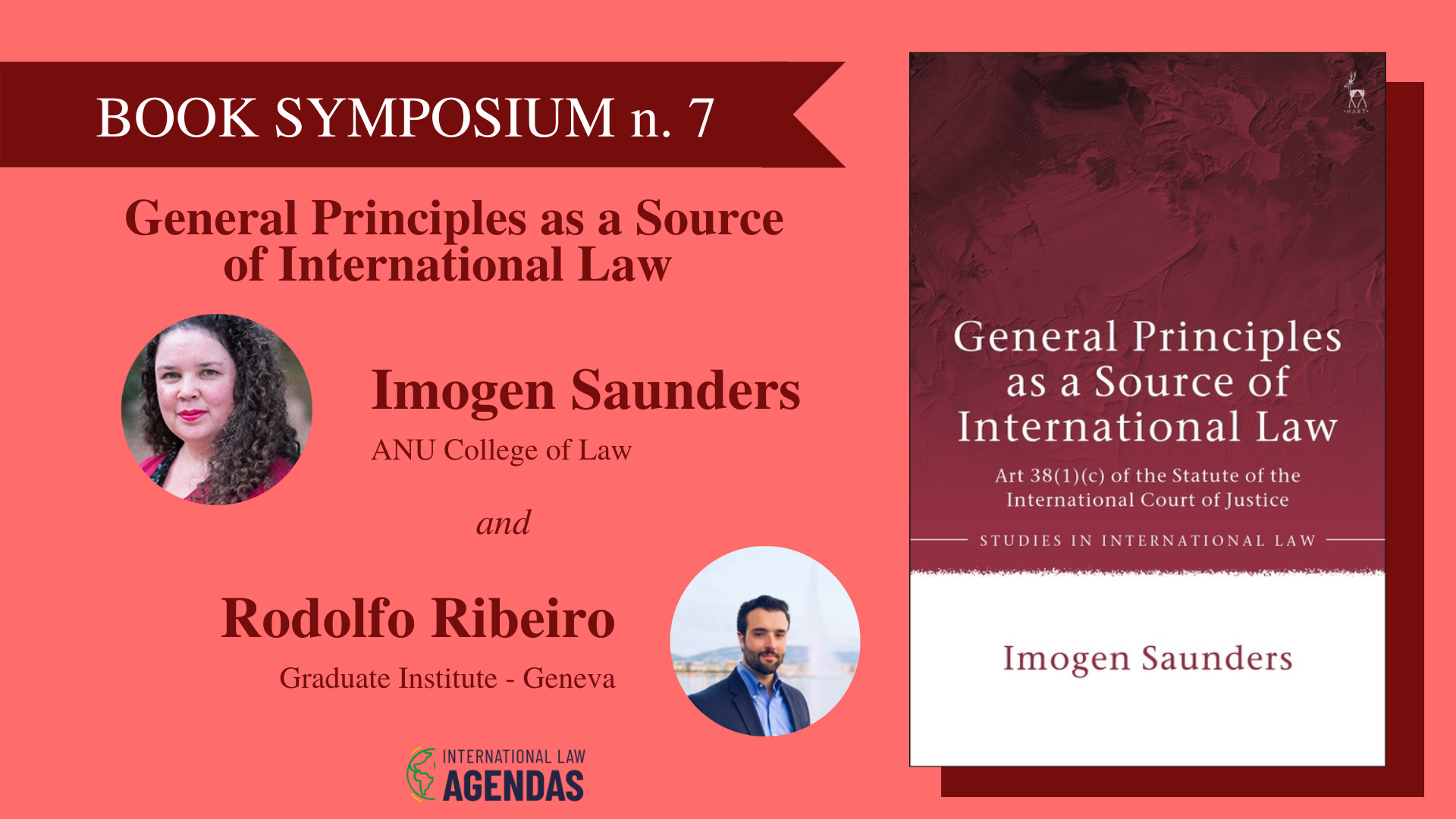Percy E. Corbett certainly had a point when he said that by introducing “general principles of law” as a formal source in the Statute of the Permanent Court of International Justice (PCIJ), the drafters were recognizing “a species of rabbit in the judicial hat.” No doubt, general principles of law play an essential role in the settlement of international disputes before international courts and tribunals, especially by virtue of their gap-filling function. The problem, however, is the lack of a clearer and more consistent framework to identify such norms. When compared to treaty law or custom, general principles are endowed with a higher level of abstraction and indeterminacy. Relying once again on Corbett’s metaphor, what some may see as a rabbit, can actually look like a duck to others. Not seldom, general principles of law are mistakenly grouped with the so-called fundamental principles of international law (e.g., those enunciated in the 1970 UN Friendly Relations Declaration)–––which have a distinct essence, functions, and dynamics. Similarly, their normative nature and origins–––or the rabbit’s pedigree–––remain somehow obscure.
After 100 years since the adoption of the PCIJ Statute, the interest for general principles law and their interactions with other sources of international law has been revitalized. The ongoing efforts to better understand this formal source are well illustrated by the latest work of the UN International Law Commission (ILC) on the topic. These notwithstanding, the study of general principles of law remains chiefly underexplored or neglected. In this vein, Imogen Saunders’ book General Principles as a Source of International Law: Art 38(1)(c) of the Statute of the International Court of Justice arrives in good time. By crediting the overall confusion surrounding general principles to the absence of a more consistent paradigm, Saunders makes a case for a new model of general principles of law as a source. The result is a succinct, yet complete book that covers not only the historical development of general principles as a source of international law, but also engages with international legal theory and canvasses the practice of international institutions in this area. Although Saunders’ book approaches general principles in multiple fronts and in innovative ways, three main points that reflect the author’s methodological choices and preferences stood out to me.
First, the very methodology developed by Saunders in her quest for a discernible model of general principles. Already in the first chapter, we are introduced to the tetrahedral framework, the central piece that will inform her analysis. Just like light passing through a prism, Saunders’ tetrahedron purports to break down general principles of law in four different elements: function (i.e., the degree of bindingness of such norms), methodology (i.e., how these norms are ascertained), type (i.e., the content of the said norms), and jurisprudential legitimacy (or their material dimension). This framework not only imprints academic rigor on her analysis, but also ensures consistency throughout the book. For instance, while applying the tetrahedral framework, Saunders is able to assess how general principles of law were perceived in different moments in time, in distinct contexts–––from the intellectual operations behind the concept in the 19th and 20th centuries to the recent practice of the International Court of Justice (ICJ) and other international jurisdictions.
Second, the appraisal of opinions of individual judges, together with judgments, in the analysis of the normative development of general principles of law. Oftentimes, we forget that courts and tribunals are composed of individuals, each one with their own biases, blind spots, and cultural backgrounds. While most international lawyers tend to look at judgments from courts in general, and the ICJ in particular, as holy writs, the truth is that each and every decision hide choices. In this respect, separate and dissenting opinions can help contextualize the majority’s decision, sometimes revealing the kinds of discussions that were taking place behind closed doors. For instance, Lauterpacht’s dissenting opinion in Interhandel (Switzerland v. the United States) provides an alternative reasoning, grounded in common sense and equity, to the ICJ’s voluntarist approach to the scope of reservations to declarations recognizing the jurisdiction of the Court as compulsory. Likewise, Cançado Trindade’s separate opinion in the Pulp Mills (Argentina v. Uruguay) case shows that the majority intentionally refrained from resorting to general principles of law–––although both parties invoked the source in their memorials.
Last but by no means least, Saunders’ effort to expand the scope of general principles beyond the practice of the global north. In fact, general principles of law are often frowned at as a vestige of a long-gone, ancient paradigm. This conclusion is somehow corroborated by the expression “as recognized by civilized nations”, which makes evident the thick, conspicuous Western accent with which international law was–––and to some extent still is–––spoken. Under the title of Global General Principles, Saunders sets out to discuss general principles in the light of global south perspectives, including, inter alia, chthonic legal systems, religious legal systems, and Asian legal systems. In a clear exercise of self-reflexivity, the author refrains from elaborating an exhaustive list of global views of international law or of general principles (p. 242). Instead, she invites better positioned researchers to engage in this debate, bringing to the fore their different viewpoints and backgrounds. By doing so, Saunders distances herself from other members of the profession who are quick in discarding the expression “civilized nations” as anachronistic but make no effort to include the practice of the previously “uncivilized,” non-Western legal systems. In fact, any new model of general principles must be porous enough to allow the infusion of third world approaches (TWAIL) and other critical insights and sensibilities. Similarly, Saunders innovative approach allows one to consider the role of general principles of law in non-state legal systems. This is another relevant, yet generally overlooked direction towards which general principles of law could progress–––especially in light of the gradual expansion of transnational regulatory processes in recent years.

Principle or rule, substantive or procedural, rabbit or duck, in the end general principles of law are an important normative category that stands by itself and merits further scholarly attention. Having a more consistent and clearer model of general principles may help optimize their use in the face of new (legal) challenges. In this regard, Imogen Saunders’ opus represents a significant contribution to the clarification of this versatile, yet nebulous formal source of international law.
-

Rodolfo Ribeiro is a Teaching Assistant and PhD Student in International Law at the Graduate Institute, Geneva. His research interests range from legal theory, international refugee law, international human rights law, and the law on statelessness to forced migration studies more broadly.





